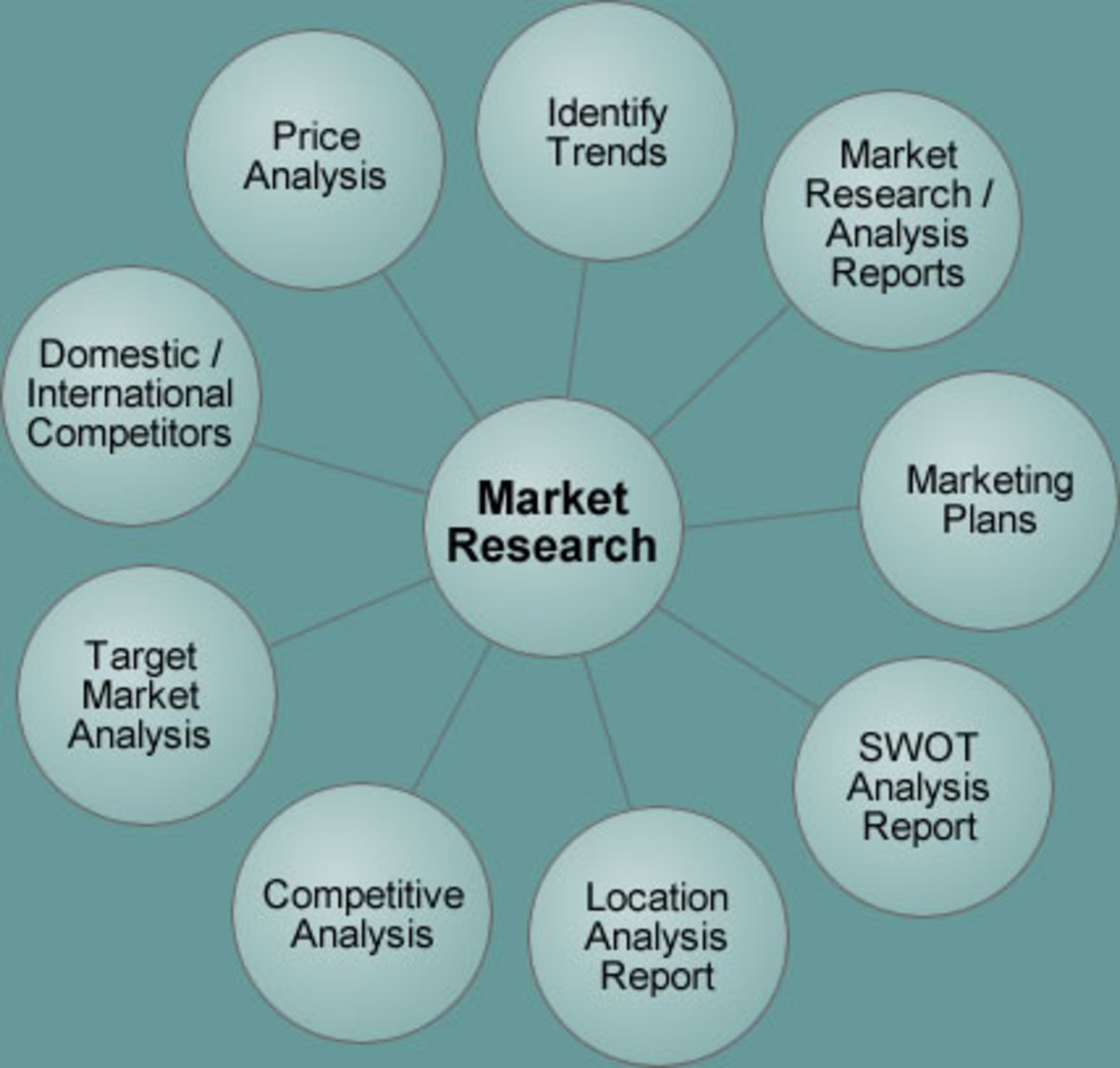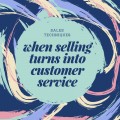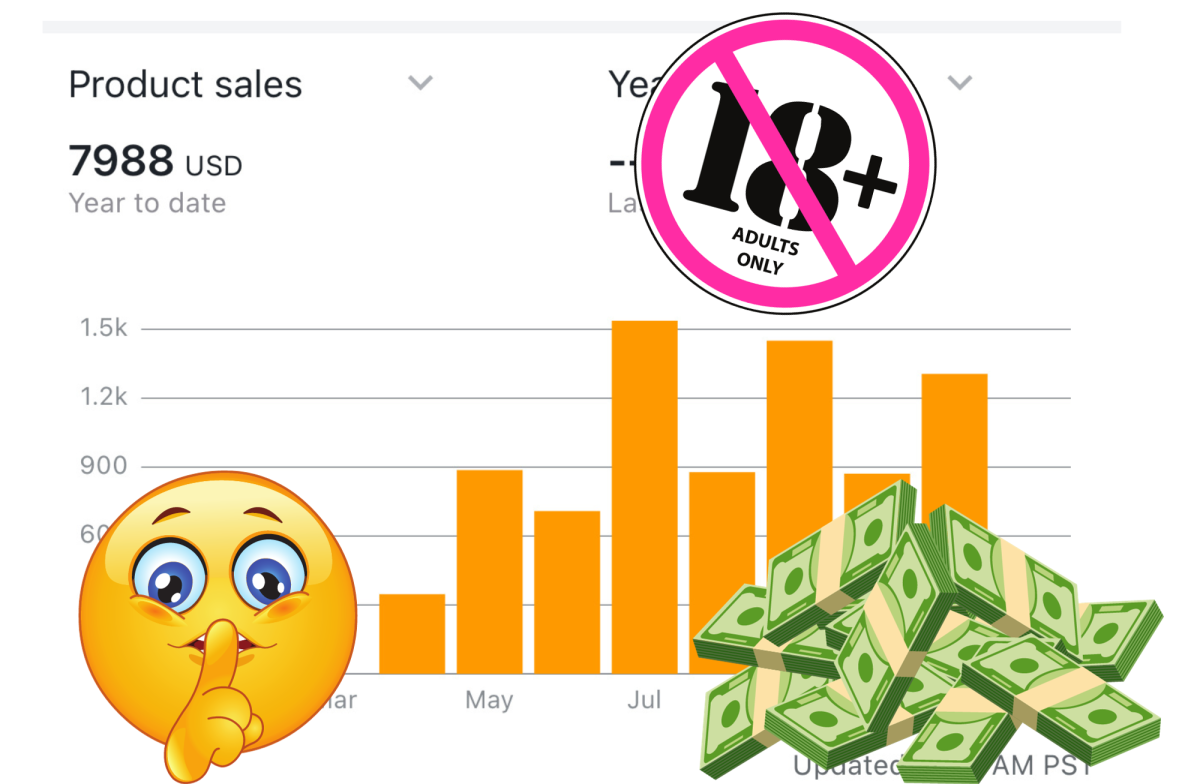The Blue Chip customer- The marketer's best friend
When the wheel doesn't go full circle, you've got a problem

There is a real gap between product manufacturers and the market. This is a big, serious gap. Nowhere is it bigger than between the customer base and product management.
The Blue Chip customers are the experts. They’re the top of the range, very highly motivated part of the clientele who often know as much about the products as the manufacturers and product developers. These are highly selective, often highly qualified, people.
Often these people are extremely technically minded, knowing how to take apart and put together even complex electronics. They know quality when they see it, and that’s one of the reasons they’re invaluable customers. They’re a built in endorsement, top of the line clients who really do buy the best.
The feedback mechanism
These Blue Chip customers provide feedback, often a lot of it. Some of it goes straight over the heads of the customer service people who get it. Thanks to the abysmal training and lip service idioms of customer service, important information isn’t recognized.
A Blue Chip customer can provide information which effectively says:
“You’ve broken a product safety law, you’ve got production line issues, and you’ve also created a warranty black hole for yourselves.”
That’s useful information, but at least half the time, it’ll register as no more than “Complaint.”
That single word completely changes the context of the actual information provided. The scenario above is a disaster for a manufacturer, and there’s a strong possibility that the next bit of information will be a class action.
Even worse, half the time the Blue Chip customers even provide the answers:
- You’re using the wrong plastic.
- Your molds have broken.
- The product is defective, so stop the production run and issue a recall before you get a class action.
These suggestions, being “complaint” material, are also ignored. The usual response is negative and defensive. Even good customers become “the enemy”, and that’s entirely the wrong approach to any customer. The solution is there, and nobody’s looking at it in this extremely negative environment.
All this information can be evaluated, if it goes to the right people, and it almost never does. In most cases it has no chance of even being assessed on merit, because it’s a “Complaint”.
Those product symptoms above are extremely common with manufacturing specifications. This is usually the case where nobody bothers to check the product’s being manufactured according to contract requirements. Faults escalate, and whole production runs can be affected. The quicker the issues are identified, the better for the manufacturer.
The product manufacturer can enforce contract terms. They can get the products replaced at no cost to themselves, unlike a very expensive, dangerous class action which holds them directly responsible for the issues.
For marketers, the problems are different, but just as bad. The negative publicity alone can be disastrous for a marketing campaign, particularly if the marketing agency is caught napping. It means pulling people off work into damage control, and is basically a way of going backwards in a hurry. A whole campaign can self-destruct, simply because information gets lost in bureaucracy.
Upgrading the complaints process
Generally speaking the response to complaints is a formula, managed at middle level, and almost never going higher up the line. Top management may never see a situation until it’s a crisis, on this basis. Complaints management systems are extremely limited in terms of their ability to spot real risks. At best, the complaints systems will be incidence based, where a lot of complaints finally ring a bell and are eventually recognized as a problem, invariably after the problem has become a disaster.
The normal complaints process is OK for isolated, minor incidents, but it’s a useless mechanism for deadly situations involving major product issues, as recently identified in the Toyota brakes scandal, where car brakes were jamming all over the US and Toyota took ages to rectify the situation. The whole thing could have been shut down instantly, if someone had been able to say “Check the brakes production line”.
The usual complaints mechanisms also aren’t geared to assess information beyond the sales issues. What’s needed is product oversight at a much higher level, particularly by marketers, who can identify the market issues instantly. A customer service person can only guess at possible consequences, but higher up the scale the strategic issues can be found.
Product issue oversight and management
The very best option is a direct feed of “complaints” to a marketer who can track product issues. (Easy to do: Just do a cc copy for the agency, and get someone watching the feedback.) For high value products, the need is instant response and instant analysis of market issues. A situation like the one above should be instantly referred to management.
Critical points:
· The expert customers are the best possible source of early warnings, because they already know what the problems are.
· The Blue Chip customers are by definition the core clientele in the product range. They’re the most effective market research and quality control sources available. Their “complaints” will make sense to product engineers and lawyers alike.
- Information quality also needs to be recognized and problems acted upon rapidly. High value information must be able to get to management level quickly, with the additional inputs from marketing, engineering and legal areas. That can be done in about 10 minutes using email, because these experts can spot real issues easily.
All customers are valuable. These Blue Chip customers are priceless.
The marketing mantra:
- Look after your Blue Chip customers.
- Recognize and respect the quality of their information.
- Make sure you have a rapid response capability for any issues.








